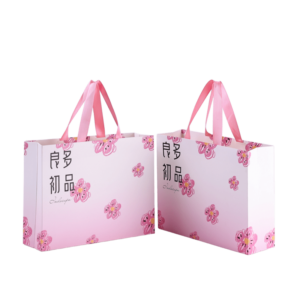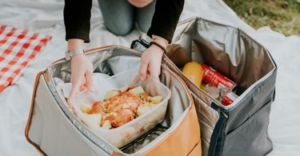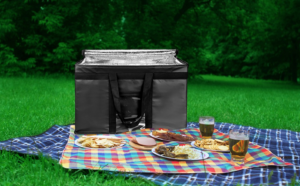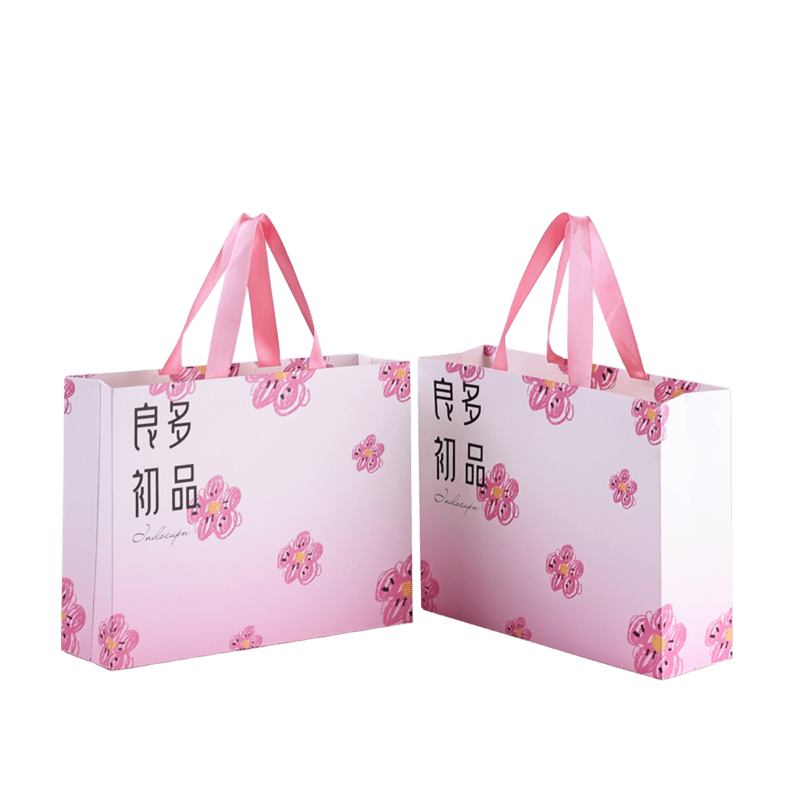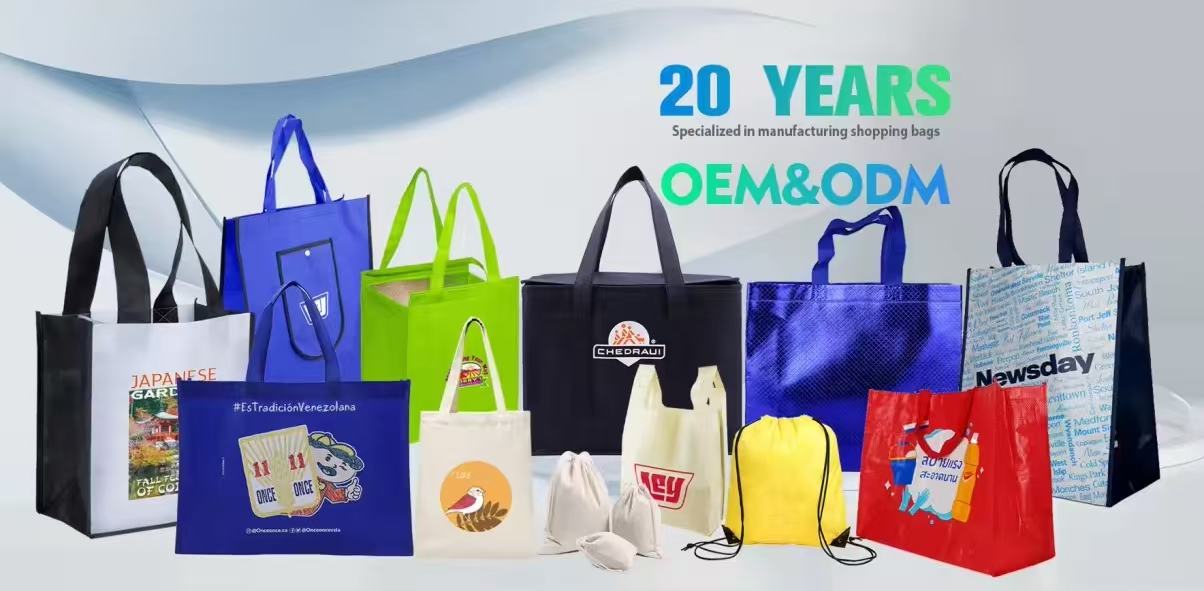When it comes to making bags, a variety of materials can be used, each offering unique properties, advantages, and applications. Below is an overview of the most commonly used materials in bag production, along with a comparison table summarizing their key characteristics.
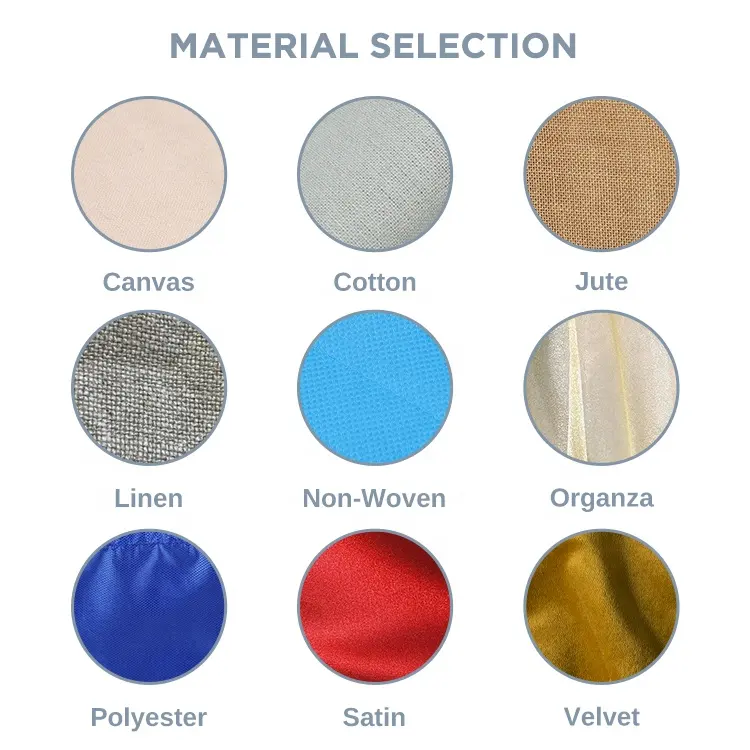
Table of Contents
Detailed Overview of Each Material
| Material | Properties | Advantages | Typical Uses |
|---|---|---|---|
| Satin | Smooth, glossy finish; typically made from silk or polyester | Luxurious appearance; soft to touch | Evening bags, cosmetic bags |
| Velvet | Soft, plush texture; can be made from cotton or synthetic fibers | Rich texture; adds elegance | Fashion bags, evening clutches |
| Linen | Breathable, natural fiber; strong and durable | Eco-friendly; excellent drape | Tote bags, beach bags |
| Organza | Sheer, lightweight fabric; made from silk or nylon | Delicate appearance; adds a layer of sophistication | Evening bags, decorative pouches |
| Cotton | Soft, breathable, and versatile; available in various weights | Durable; easy to print and dye | Everyday bags, grocery tote bags |
| Non-Woven Fabric | Made from bonded fibers; lightweight and water-resistant | Cost-effective; recyclable | Shopping bags, promotional bags |
| Hemp | Strong, durable natural fiber; resistant to mold and UV light | Eco-friendly; very durable | Eco-friendly bags, backpacks |
| Canvas | Sturdy, woven fabric; often made from cotton or linen | Highly durable; easy to clean | Carry-all bags, backpacks, tote bags |
| Nylon | Lightweight, synthetic material; strong and water-resistant | Durable; resistant to abrasion and stretching | Travel bags, backpacks, outdoor bags |
Conclusion
Understanding the various materials available for bag production is essential for making informed decisions based on functionality, style, and environmental impact. Each material has its unique set of advantages and disadvantages, catering to different needs and preferences. Whether you’re looking for an eco-friendly option or a durable solution for heavy use, there's a suitable material for every type of bag.


